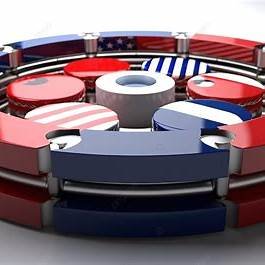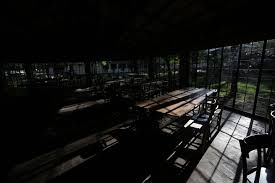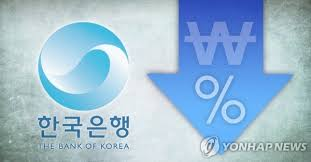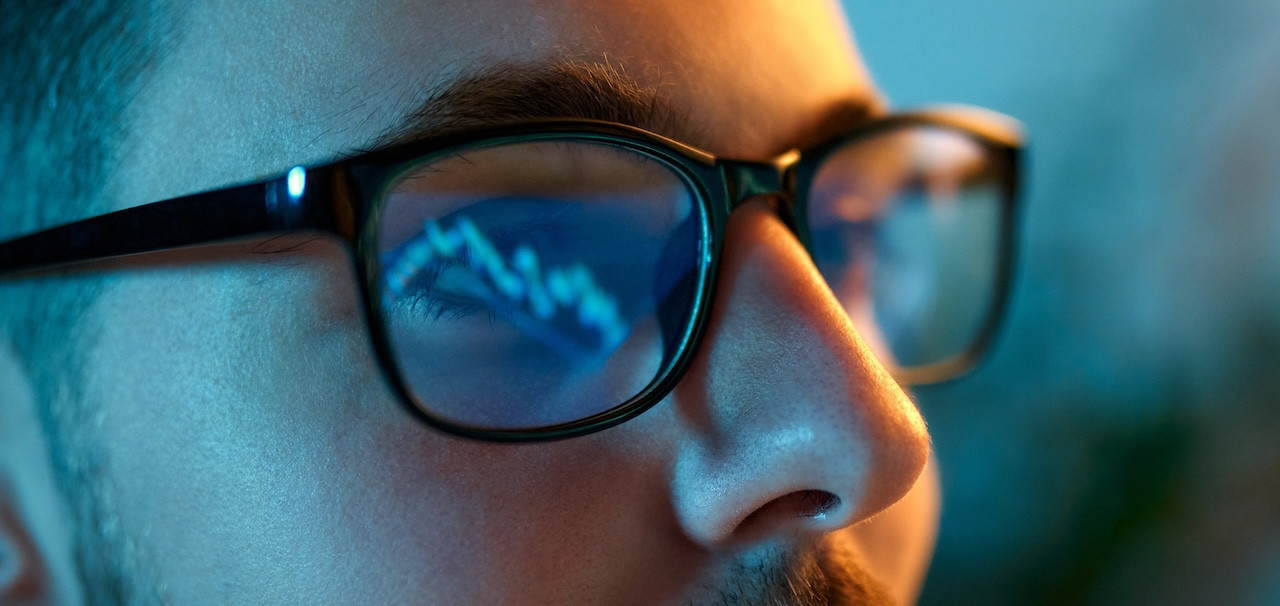| 최초 작성일 : 2025-08-24 | 수정일 : 2025-08-24 | 조회수 : 73 |
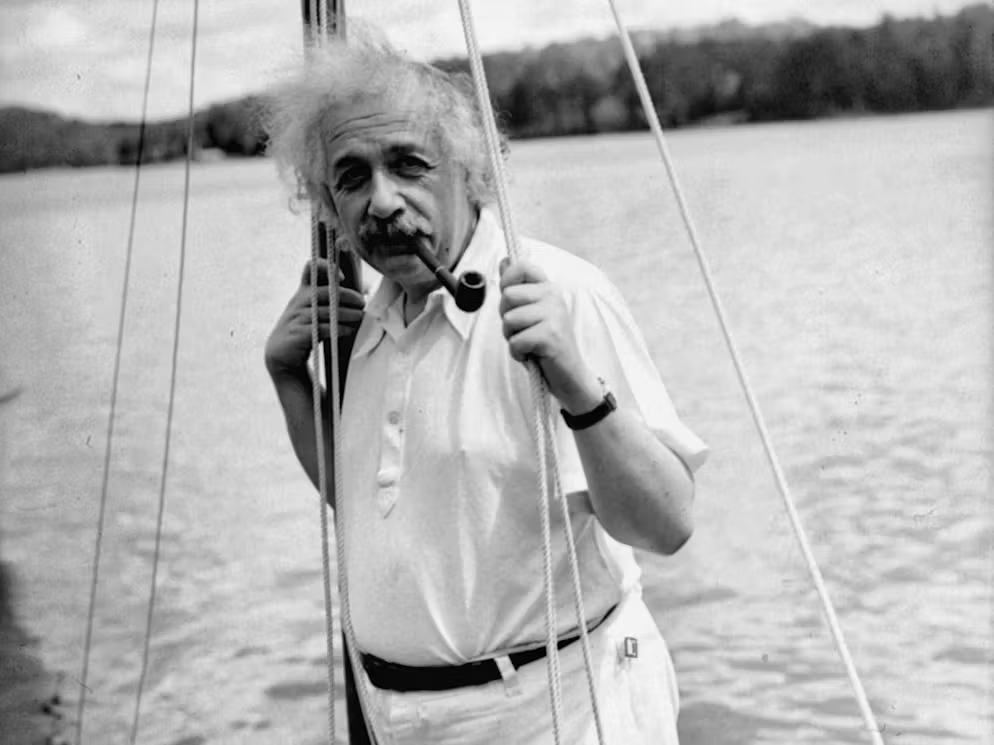
"A look back: How Switzerland almost disproved Einstein's theory of relativity" [blue News, August 23, 2025]. In 2011, a CERN experiment suggested neutrinos traveled faster than light, sparking doubts about Einstein’s relativity. Later, a faulty cable connection was found to be the cause, reaffirming relativity. ----------------------------------- In September 2011, the scientific world was shaken by an extraordinary claim: neutrinos—tiny, elusive subatomic particles—appeared to have traveled faster than the speed of light in an experiment conducted at CERN, the European Organization for Nuclear Research near Geneva. If true, the result would have upended one of the cornerstones of modern physics: Einstein’s theory of relativity, which asserts that nothing can surpass the speed of light. A violation of this principle would not only challenge relativity itself but also destabilize a vast network of scientific knowledge—from cosmology to nuclear physics—built upon it for more than a century. Headlines quickly proclaimed: “Einstein Was Wrong?” The public imagination ignited, as many envisioned a rewriting of physics textbooks and perhaps even the dawn of new technologies made possible by faster-than-light travel. For a brief moment, it seemed we stood on the edge of a scientific revolution. Yet within months, further investigation revealed a humbler truth: the shocking result was due to a misconnected fiber-optic cable in the experimental apparatus. The “faster-than-light” neutrinos were not faster at all. The error was human, not physical. Einstein’s relativity endured, its foundations unshaken. Still, the incident left a profound impression. It demonstrated the fragility of scientific claims and the immense consequences of even the smallest errors. More importantly, it illustrated how science progresses—not as a straight march toward truth, but as a series of trials, errors, and corrections. This article takes the 2011 CERN neutrino controversy as a case study to explore fundamental questions: How are scientific theories tested and challenged? What role do errors play in advancing knowledge? And what does this story reveal about the nature of truth in science and society? By engaging with key theoretical frameworks in the philosophy and sociology of science, we will see how an almost-world-changing error became a powerful lesson in the resilience and humility of scientific inquiry.
The 2011 CERN neutrino incident was not just a fleeting scientific controversy—it was also a revealing case study in how science operates. It highlighted the vulnerability of even the most established theories, the power of error to provoke inquiry, and the collective processes through which science corrects itself. To unpack these lessons, we turn to four influential frameworks in the philosophy and sociology of science. 1. Karl Popper and the Principle of Falsifiability Philosopher Karl Popper argued that what distinguishes science from non-science is not verification but falsifiability. A scientific theory must make claims that could, in principle, be proven wrong through observation or experiment. Einstein’s theory of relativity is a prime example. Its central tenet—that nothing can travel faster than light—makes a bold, testable claim. The 2011 CERN neutrino results represented precisely the kind of challenge Popper envisioned: an experimental finding that, if correct, would have falsified relativity. The incident illustrates that the strength of science lies not in its certainty but in its openness to refutation. Relativity survived not because it is immune to criticism, but because repeated testing has thus far failed to falsify it. Popper reminds us that the willingness to be wrong is what gives science its credibility. 2. Thomas Kuhn and Paradigm Shifts While Popper emphasized falsification, Thomas Kuhn offered a different perspective in The Structure of Scientific Revolutions. According to Kuhn, science does not progress linearly by accumulating facts, but through paradigm shifts. Normal science operates within a shared framework, but anomalies—persistent results that contradict the paradigm—can trigger a scientific revolution. Had the CERN neutrino anomaly held up, it might have sparked such a revolution. A confirmed observation of faster-than-light travel would have shattered the relativity paradigm and forced physics to construct a radically new framework. For a brief moment, physicists glimpsed the possibility of such a shift. Kuhn’s model underscores the fragility and dynamism of scientific paradigms. They endure not because they are perfect, but because they remain the best available explanations—until anomalies force their replacement. The neutrino episode reminds us that revolutions in science are always possible, even if this one ended with a faulty cable. 3. Robert Merton and the Norms of Scientific Community Sociologist Robert K. Merton outlined four core norms that govern scientific practice: ❶ Universalism – Scientific claims should be evaluated by their content, not by the identity of the claimant. ❷ Communalism – Scientific knowledge is shared property of the community, not the private possession of individuals. ❸ Disinterestedness – Scientists should prioritize truth-seeking over personal gain. ❹ Organized Skepticism – All claims must be subject to rigorous and critical scrutiny. The CERN case exemplified these norms in action. The results were rapidly shared with the global community, opening them up to replication and critique. Other laboratories quickly attempted to reproduce the findings. The eventual discovery of the faulty cable emerged from precisely this collective process of organized skepticism. The episode demonstrates that science is not merely the work of solitary geniuses but a communal enterprise built on shared norms of evaluation, criticism, and transparency. 4. The Role of Error and Serendipity in Science Beyond philosophy and sociology, the history of science shows that error itself can be productive. Many major discoveries—such as penicillin or the cosmic microwave background—emerged from mistakes, anomalies, or unexpected results. The CERN incident, though ultimately traced to error, was far from wasted. It stimulated intense scrutiny of experimental methods, inspired theoretical discussions about the limits of relativity, and reminded the public that science is always provisional. The heightened attention led to improvements in experimental infrastructure and calibration standards. Thus, even when errors do not yield new discoveries, they can sharpen the tools of science and reinforce its self-correcting character. 5. Synthesis: Science as a Self-Correcting Process When viewed together, these frameworks paint a coherent picture of science: ① Popper emphasizes the necessity of testable vulnerability. ② Kuhn shows the potential for revolutionary shifts when anomalies accumulate. ③ Merton highlights the communal norms that ensure objectivity. ④ The study of error reminds us that mistakes are not failures but opportunities for refinement. The CERN neutrino controversy illustrates all these dynamics. For a moment, relativity faced its greatest challenge since its birth. Ultimately, the challenge collapsed under scrutiny—but the episode revealed the resilience of scientific practice, where truth is not handed down but forged through cycles of testing, error, and correction.
1. The Shockwave of 60 Nanoseconds In September 2011, the OPERA collaboration at CERN announced a startling result: neutrinos traveling from Geneva to the Gran Sasso Laboratory in Italy appeared to have arrived 60 nanoseconds faster than light would have. To the layperson, 60 nanoseconds may seem trivial, but in physics, such a discrepancy was earth-shattering. If true, the result implied that the speed of light—a central postulate of Einstein’s relativity—was not the ultimate speed limit of the universe. Such a finding would have sent shockwaves through physics, forcing textbooks to be rewritten and prompting a reconsideration of everything from particle physics to cosmology. Headlines around the world asked: “Was Einstein Wrong?” Yet even in the midst of the excitement, scientists reacted cautiously. They knew that extraordinary claims require extraordinary evidence. This is where Popper’s idea of falsification finds direct resonance. 2. Popper’s Falsifiability: Relativity on the Test Bench From a Popperian perspective, the neutrino result was a textbook example of science at work. Einstein’s theory made a clear, falsifiable claim: nothing travels faster than light. The CERN results, if replicated, would have provided a counterexample that falsified the theory. In the spirit of science, the OPERA team themselves invited scrutiny, urging other laboratories to test their findings. This open invitation exemplified the essence of falsifiability. For a moment, relativity truly stood on the test bench of empirical inquiry. In the end, relativity survived because the anomaly could not be replicated. The “faster-than-light” signal was traced to a loose fiber-optic cable. Yet the incident reaffirmed Popper’s point: the credibility of science lies not in its infallibility, but in its willingness to risk being proven wrong. 3. Kuhn’s Paradigm Shift: On the Edge of Revolution Kuhn’s theory of paradigm shifts helps us appreciate the drama of those months in 2011. Relativity was not just one theory among many; it was the paradigm underpinning modern physics. A verified violation of relativity would have constituted an anomaly of the highest order. Had the anomaly persisted, physicists might have been forced to abandon the relativity paradigm in favor of a radically new framework. For a brief moment, the community glimpsed the possibility of a scientific revolution. The fact that the anomaly collapsed into error does not negate Kuhn’s framework. On the contrary, it shows how science is always living with the possibility of revolution, even if most anomalies dissolve under further scrutiny. The neutrino case was not the start of a paradigm shift, but it revealed how thin the line can be between “normal science” and the brink of upheaval. 4. Merton’s Scientific Norms: A Community at Work The neutrino episode also illustrated Robert Merton’s norms of science in practice. ❶ Universalism: The claim was evaluated on the basis of the data, not the nationality or prestige of the CERN scientists. ❷ Communalism: The results were immediately shared with the global scientific community, not held back as private property. ❸ Disinterestedness: The OPERA team themselves were cautious, stressing that they could be wrong and inviting others to verify. ❹ Organized Skepticism: Laboratories worldwide, from Fermilab in the U.S. to other European institutes, began replication attempts. The discovery of the cable error emerged precisely from this community process. The norms of science—openness, skepticism, collective verification—proved their value by catching a mistake before it could mislead the world. This episode demonstrates that science is not the triumph of lone geniuses but of communal systems of trust, criticism, and collaboration. 5. The Productive Role of Error While the neutrino result turned out to be wrong, it was far from wasted. The anomaly galvanized the physics community, leading to improvements in experimental infrastructure, calibration methods, and protocols for replication. It reminded both scientists and the public that error is not the opposite of progress but one of its engines. In fact, the incident heightened public interest in fundamental physics. For months, people around the world engaged with questions about relativity and the speed of light—concepts usually confined to physics classrooms. Even in its error, the experiment democratized science by sparking curiosity. Error, then, was productive. It reinforced the self-correcting nature of science and left the community stronger, with better tools and sharper vigilance. 6. Media and Public Perception Another important dimension was the media’s role. Headlines like “Einstein Disproved” exaggerated the story, often glossing over the cautious language of the scientists. When the error was revealed, some in the public felt disappointment or even skepticism toward science itself. This dynamic highlights the gap between scientific practice and public understanding. In science, a single anomaly is always provisional; truth emerges only after replication and scrutiny. In the media, however, anomalies are often reported as breakthroughs. The neutrino episode thus revealed the need for better science communication—reporting not just results but the process, uncertainty, and humility inherent in scientific work. 7. Lessons for Broader Society The neutrino case also offers analogies beyond physics. ❶ In politics, bold promises often make headlines, but without rigorous verification, they collapse into disillusionment—just like the faster-than-light claim. ❷ In business, flashy visions can captivate investors, but sustained credibility depends on tested execution. ❸In personal life, announcing goals publicly may provide a thrill, but only careful, consistent action produces real outcomes. Just as in science, societies, organizations, and individuals must learn to distinguish between noise and signal, between premature claims and verified truths. 8. Synthesis The CERN neutrino controversy was more than a technical hiccup. It was a vivid demonstration of how scientific theories are tested, how anomalies flirt with revolution, how communities correct errors, and how the public perceives science. ❶ Popper: Science lives by making bold claims open to refutation. ❷ Kuhn: Anomalies can open the door to paradigm shifts, even if they close again. ❸ Merton: Science is safeguarded by communal norms of skepticism and transparency. ❹ Error: Mistakes, far from undermining science, make it stronger. In the end, Einstein’s relativity emerged unscathed. But the incident left behind a deeper truth: the strength of science lies not in never being wrong, but in being able to confront and correct wrongness.
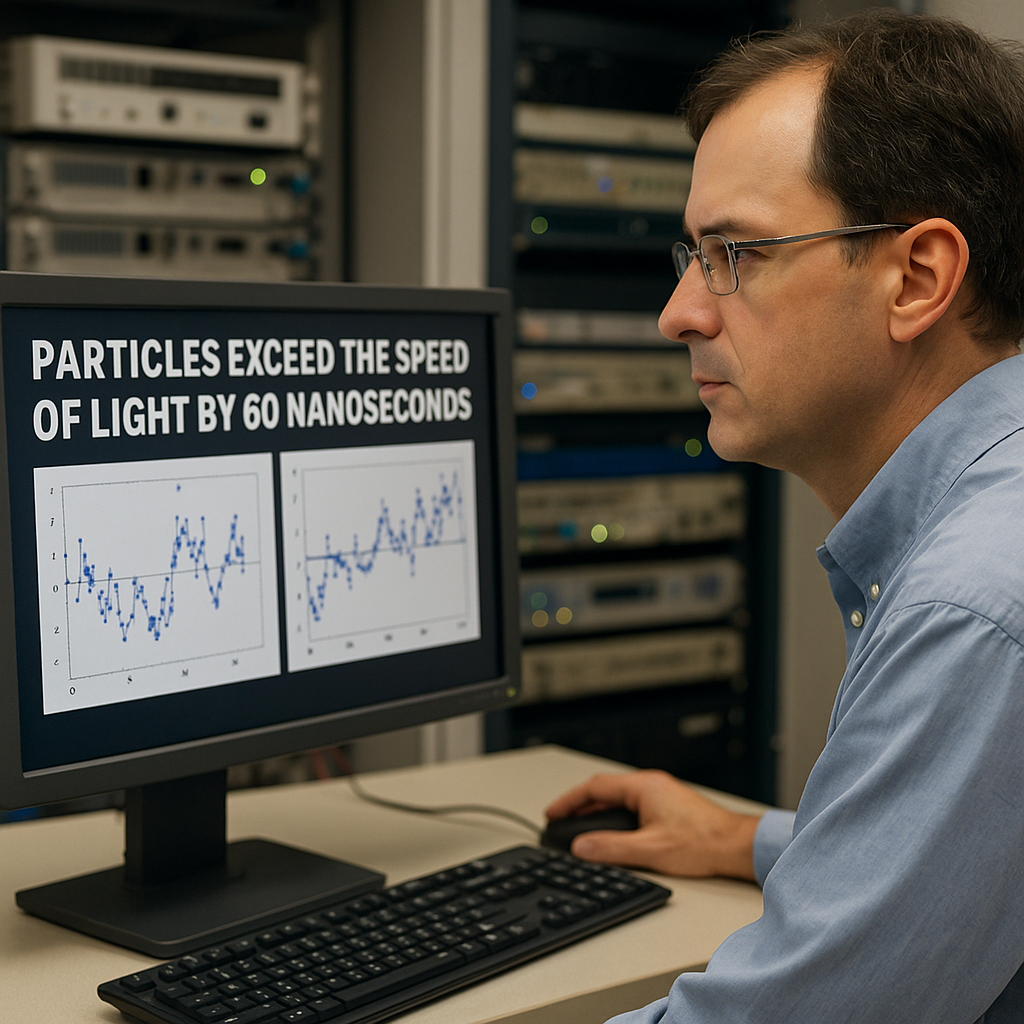
1. Science as a Process, Not a Monument The CERN neutrino controversy underscores that science is not a monument of eternal truths but a process of continual correction. To the public, science often appears as a collection of settled facts, but in practice, every theory remains provisional, vulnerable to new data and fresh experiments. Recommendation: Science education and media communication should emphasize the tentative nature of knowledge. Students and citizens alike must understand that change and correction are not weaknesses but strengths of scientific inquiry. By shifting from a “truth” model to a “process” model of science, societies can build resilience against both scientific sensationalism and skepticism. 2. Embracing Error as an Engine of Progress The neutrino episode illustrates that errors are not merely failures but engines of refinement. A loose cable nearly overturned relativity, but it also forced the global scientific community to strengthen experimental protocols, enhance calibration standards, and reaffirm collective vigilance. Recommendation: Instead of stigmatizing failure, institutions should foster a culture of constructive error. ❶ In research, errors should be documented and analyzed as learning opportunities. ❷ In business, failed prototypes should be mined for insights. ❸ In personal life, mistakes should be seen as iterations toward improvement rather than permanent stains. A society that demonizes error stagnates; a society that learns from error evolves. 3. Collective Verification and Trust Robert Merton’s framework highlights that truth in science emerges from communal norms and verification processes. The CERN anomaly was resolved not by a single genius but by a distributed network of scientists applying skepticism and transparency. Recommendation: Beyond science, societies should adopt verification cultures in governance, media, and civic life. ❶ In politics, policies should undergo rigorous pilot testing before full-scale implementation. ❷ In journalism, sensational claims should be verified through cross-checking and peer review. ❸ In everyday life, individuals should practice critical evaluation before accepting claims at face value. Trust is built not by avoiding mistakes but by demonstrating robust systems of correction. 4. Science Communication: Balancing Excitement and Caution The public response to the CERN story revealed a tension between the media’s appetite for headlines and science’s demand for caution. “Einstein Disproved” sold papers, but it also misled audiences, fueling disappointment when the truth emerged. Recommendation: Scientists and journalists must collaborate to create a culture of responsible communication. ❶ Headlines should capture excitement without exaggeration. ❷ Reports should highlight uncertainty and the provisional nature of findings. ❸ Scientists must be trained in public communication to explain not just results but also the process and its limitations. Better communication would reduce the gap between public perception and scientific reality. 5. Political and Organizational Lessons The neutrino case offers analogies far beyond physics. In politics and business, premature declarations can erode credibility just as quickly as an unchecked anomaly can mislead science. ❶ Politics: Grand promises that cannot be verified lead to disillusionment. Leaders should prioritize evidence-based policies and incremental progress over sweeping, untested declarations. ❷ Business: Startups that boast revolutionary technologies before rigorous testing risk collapse. Companies should adopt a “scientific mindset,” treating bold claims as hypotheses to be validated. ❸ Organizations: Internal culture should reward those who verify and deliver, not just those who announce. Quiet execution builds sustainable trust. In all cases, the principle is the same: verification before proclamation. 6. Education: Teaching the Value of Skepticism The neutrino story is a powerful teaching tool. It shows that even elite scientists can be misled by small errors, and that correction requires skepticism, collaboration, and humility. Recommendation: Education systems should incorporate case studies like CERN to teach the epistemology of science. Students should learn not only theories but also how science self-corrects, why skepticism matters, and how humility protects against dogmatism. This approach can nurture critical thinkers who appreciate science not as a set of rigid laws but as a living process. 7. Mental and Cultural Dimensions: Living with Uncertainty The broader cultural lesson of CERN is about living with uncertainty. Modern societies crave certainty—definitive answers, instant conclusions—but science operates in the space of doubt. Recommendation: Culturally, we should normalize uncertainty as part of wisdom. Just as scientists treat anomalies as opportunities rather than threats, individuals and communities can approach uncertainty with curiosity instead of fear. This mindset fosters resilience, innovation, and psychological well-being. 8. Implications for South Korea and Other High-Pressure Societies In societies like South Korea, where speed and visible success are highly valued, the CERN episode offers a counter-lesson: slow verification is more valuable than quick proclamation. The tendency to chase rapid results—whether in education, politics, or corporate culture—risks fragile outcomes. Recommendation: ❶ Encourage patient verification over immediate performance. ❷ Shift from a culture of “results at all costs” to one of “rigorous, verified progress.” ❸ Celebrate those who quietly ensure accuracy, not only those who loudly announce achievements. This cultural shift could reduce burnout, restore trust, and build long-term competitiveness. 9. Synthesis The CERN neutrino episode demonstrates that: ❶ Science thrives on falsifiability (Popper). ❷ Paradigms can always face revolutionary challenges (Kuhn). ❸ Truth is safeguarded by communal verification (Merton). ❹ Errors, rather than undermining science, strengthen it through correction. The broader lesson is universal: individuals, organizations, and societies must learn to value testing over boasting, correction over denial, and humility over hubris.
In the end, the 2011 CERN neutrino controversy did not overthrow Einstein’s theory of relativity. A loose fiber-optic cable—not a faster-than-light particle—was to blame. To some, the resolution may have felt anticlimactic: no revolution in physics, no rewriting of the laws of the universe, just an equipment malfunction. Yet in another sense, the episode was profoundly illuminating. It revealed not the weakness of science, but its strength. Science, unlike dogma, does not claim infallibility. Every theory—no matter how celebrated—is provisional, living on the edge of possible falsification. Relativity was not confirmed by decree, but by surviving countless attempts at disproof. The neutrino anomaly was one such attempt. That relativity endured, not through denial but through verification, demonstrates the resilience of scientific truth: it is not immune to error, but robust enough to withstand it. The deeper lesson is that error is not the enemy of truth but its companion. The history of science is littered with mistakes, false starts, and anomalies that eventually dissolved. Yet each misstep sharpened methods, improved instruments, and deepened understanding. The neutrino case reminds us that progress is not a straight line but a zigzag path in which detours, even dead ends, enrich the journey. This insight extends far beyond laboratories. In politics, business, education, and personal life, we are often taught to fear mistakes and hide failures. But the CERN story shows that openness to error—and the willingness to correct it—builds credibility, not weakness. A society that punishes error relentlessly stifles innovation. A society that learns from error grows stronger. For the public, perhaps the most important takeaway is humility. The allure of headlines proclaiming “Einstein Was Wrong” speaks to our craving for certainty and drama. But science is not a series of decisive victories or defeats. It is a patient process, an ongoing dialogue between theory and evidence. By appreciating this, we can bridge the gap between public perception and scientific reality. For scientists themselves, the neutrino episode reaffirmed the value of community norms: transparency, skepticism, and collaboration. No single genius could have resolved the anomaly; it took a collective effort. In this sense, the episode was not a failure but a triumph of the scientific method—a living demonstration of how truth is forged in the crucible of error. Ultimately, Einstein’s theory emerged stronger, not weaker, for having been tested. And humanity, too, emerges wiser when it embraces the same principle. Truth is not the absence of mistakes but the capacity to withstand them. Just as relativity survived a loose cable, so too can our knowledge, our societies, and our lives grow stronger if we learn to see error not as a catastrophe but as a chance to correct and improve. The story can therefore be distilled into one enduring message: Truth is not fragile. It does not crumble in the face of error. It is refined by it, clarified by it, and, in the end, proven by its survival.
